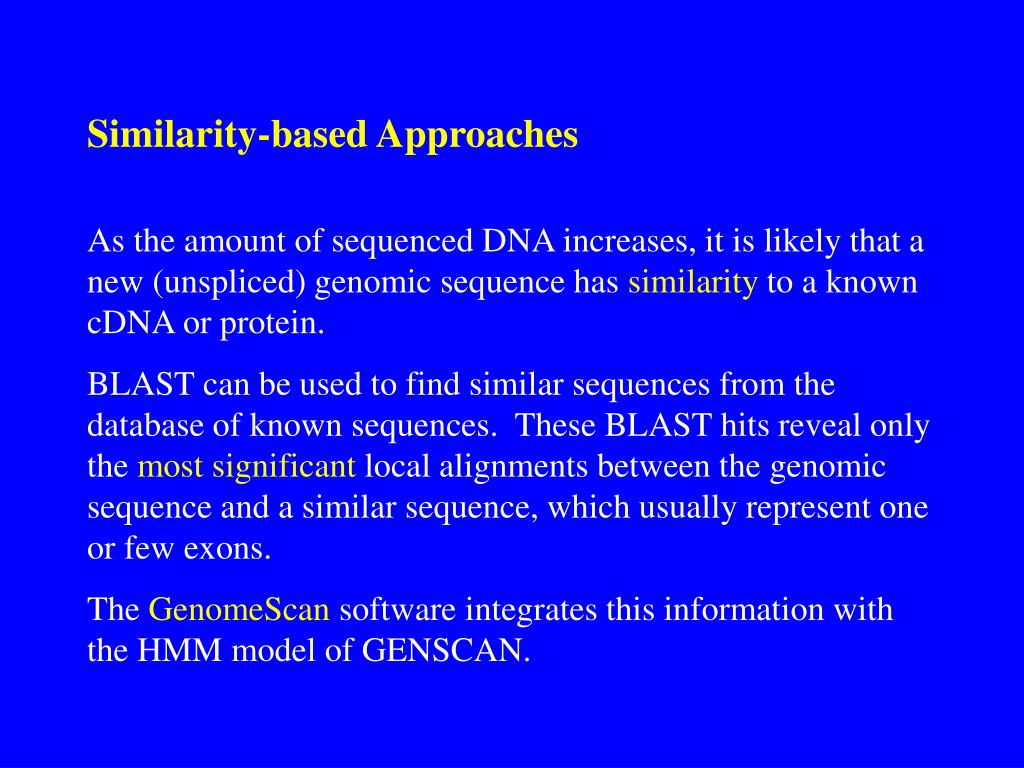

In: Proceedings of the 2012 IEEE International Conference on Bioinformatics and Biomedicine Workshops (BIBMW), pp. Iliopoulos, C.S., Alatabbi, A., Barton, C.: On the repetitive collection indexing problem. (ed.) Proceedings of the 6th International Conference on Algorithmic Aspects in Information and Management (AAIM 2010), Lecture Notes in Computer Science, vol. Huang, S., Lam, T.W., Sung, W.-K., Tam, S.-L., Yiu, S.-M.: Indexing similar DNA sequences. Discrete Algorithms 5(4), 682–695 (2007)įritz, M.-Y., Leinonen, R., Cochrane, G., Birney, E.: Efficient storage of high throughput DNA sequencing data using reference-based compression. 45(2), 13 (2013)įranek, F., Jennings, C.G., Smyth, W.F.: A simple fast hybrid pattern-matching algorithm. Czech Republic, Prague (2008)įaro, S., Lecroq, T.: The exact online string matching problem: a review of the most recent results.

(eds.) Proceedings of the Prague Stringology Conference 2008, pp. 532, 14–30 (2014)įaro, S., Lecroq, T.: Efficient variants of the Backward-Oracle-Matching algorithm. 6(2), 323–350 (1977)ĭo, H.H., Jansson, J., Sadakane, K., Sung, W.-K.: Fast relative Lempel-Ziv self-index for similar sequences. Knuth, D.E., Morris, J.H., Jr., Pratt, V.R.: Fast pattern matching in strings. Cambridge University Press, Cambridge (2007) Springer, Beijing, China (2005)Ĭrochemore, M., Hancart, C., Lecroq, T.: Algorithms on Strings. (eds.) Proceedings of the 10th International Conference on Database Systems for Advanced Applications (DASFAA 2005), Lecture Notes in Computer Science, vol. Springer, Halkidiki, Greece (2012)Īmir, A., Lewenstein, M., Porat, E.: Faster algorithms for string matching with \(k\) mismatches.

(eds.) Proceedings of the International Workshop Artificial Intelligence Applications and Innovations (AIAI 2012) Part II, IFIP Advances in Information and Communication Technology, vol.

In: Iliadis, L.S., Maglogiannis, I., Papadopoulos, H., Karatzas, K., Sioutas, S. ACM 18(6), 333–340 (1975)Īlatabbi, A., Barton, C., Iliopoulos, C.S., Mouchard, L.: Querying highly similar structured sequences via binary encoding and word level operations. Aho, A.V., Corasick, M.J.: Efficient string matching: an aid to bibliographic search. Textbook content produced by OpenStax is licensed under a Creative Commons Attribution License. Use the information below to generate a citation. Then you must include on every digital page view the following attribution: If you are redistributing all or part of this book in a digital format, Then you must include on every physical page the following attribution: If you are redistributing all or part of this book in a print format, Want to cite, share, or modify this book? This book uses the You can choose any term of the sequence, and add 3 to find the subsequent term. In this case, the constant difference is 3. The sequence below is another example of an arithmetic sequence. For this sequence, the common difference is –3,400. Each term increases or decreases by the same constant value called the common difference of the sequence. The values of the truck in the example are said to form an arithmetic sequence because they change by a constant amount each year. In this section, we will consider specific kinds of sequences that will allow us to calculate depreciation, such as the truck’s value. The truck will be worth $21,600 after the first year $18,200 after two years $14,800 after three years $11,400 after four years and $8,000 at the end of five years. The loss in value of the truck will therefore be $17,000, which is $3,400 per year for five years. After five years, she estimates that she will be able to sell the truck for $8,000. One method of calculating depreciation is straight-line depreciation, in which the value of the asset decreases by the same amount each year.Īs an example, consider a woman who starts a small contracting business. This decrease in value is called depreciation. The book-value of these supplies decreases each year for tax purposes. Use an explicit formula for an arithmetic sequence.Ĭompanies often make large purchases, such as computers and vehicles, for business use.Use a recursive formula for an arithmetic sequence.Find the common difference for an arithmetic sequence.


 0 kommentar(er)
0 kommentar(er)
